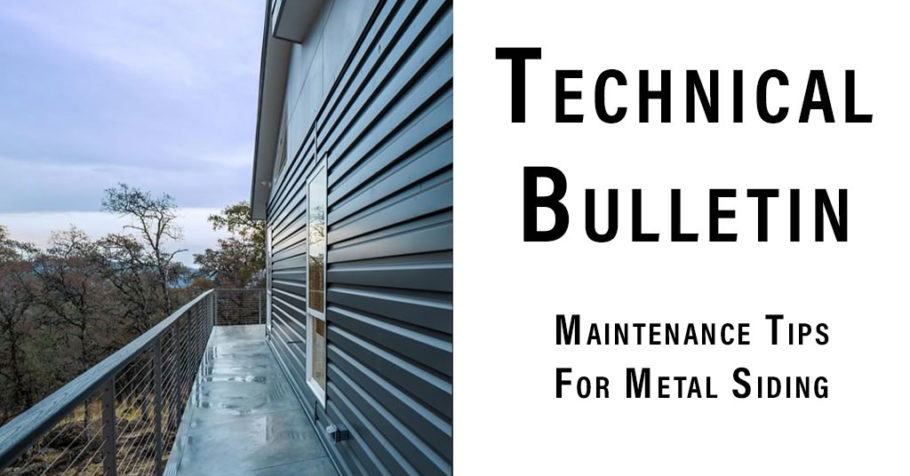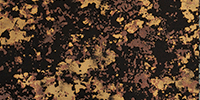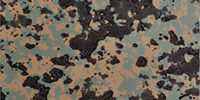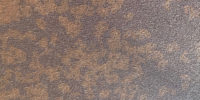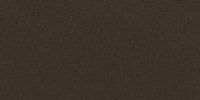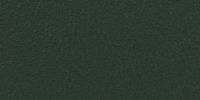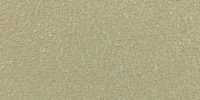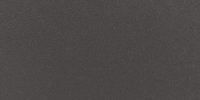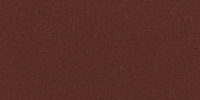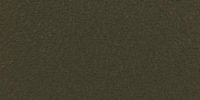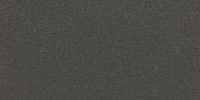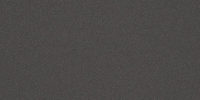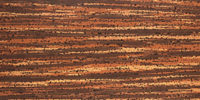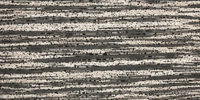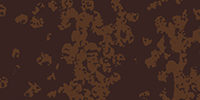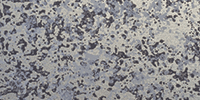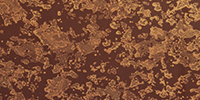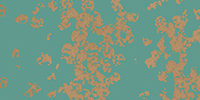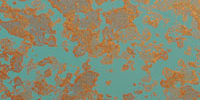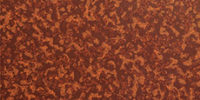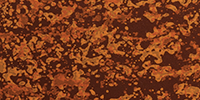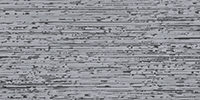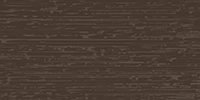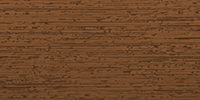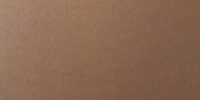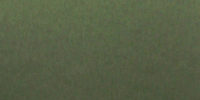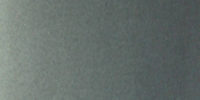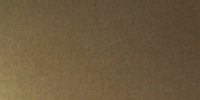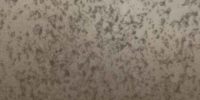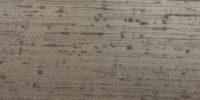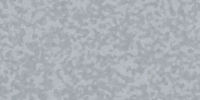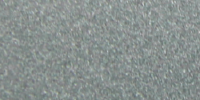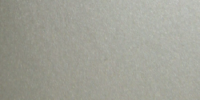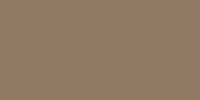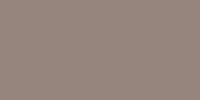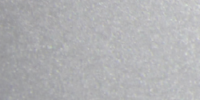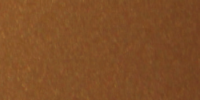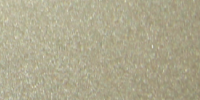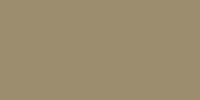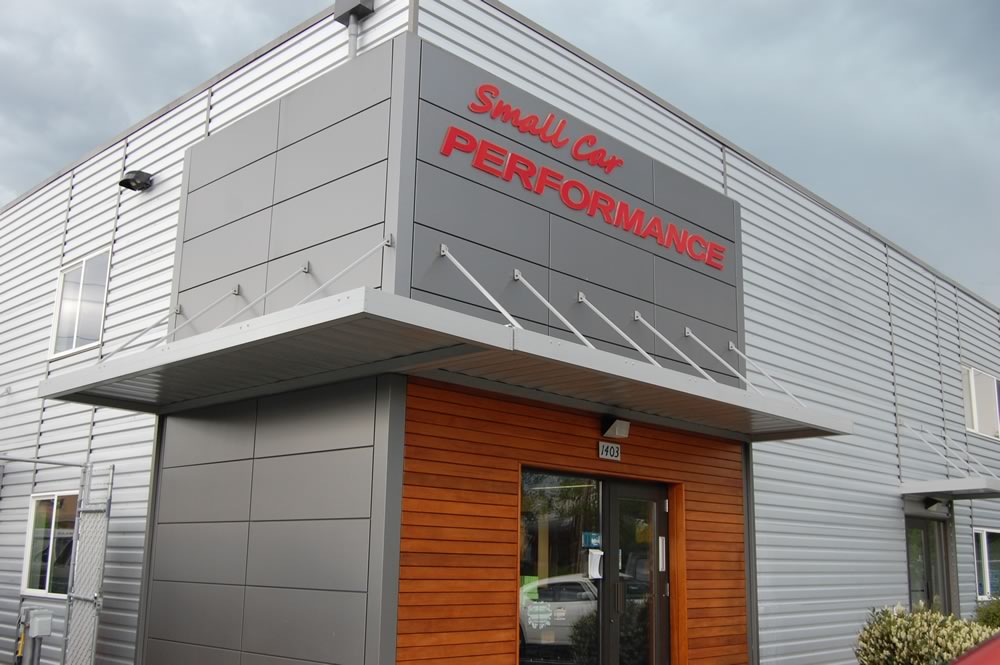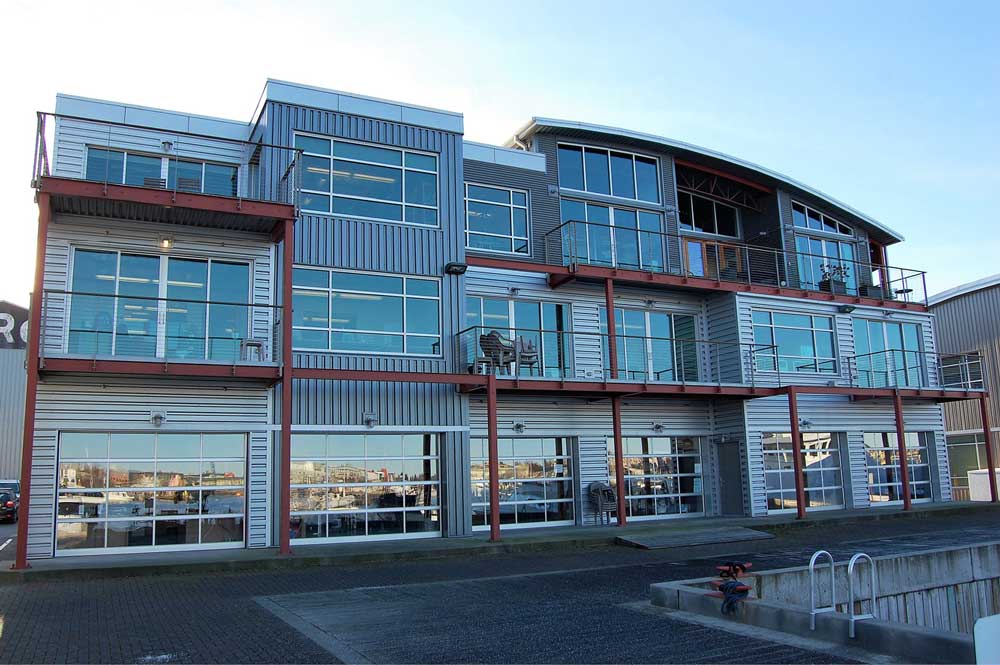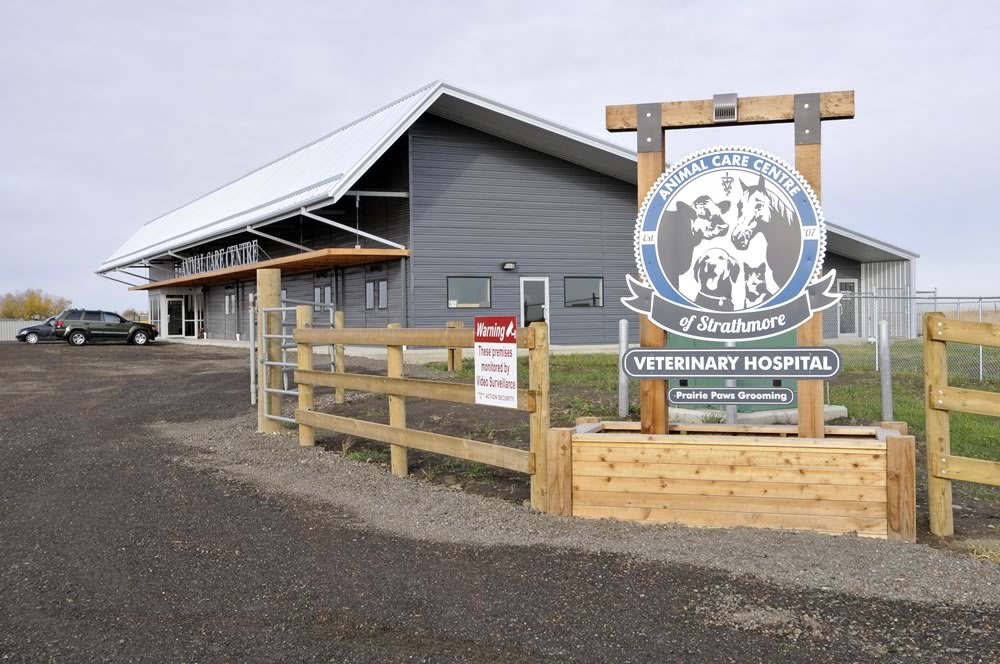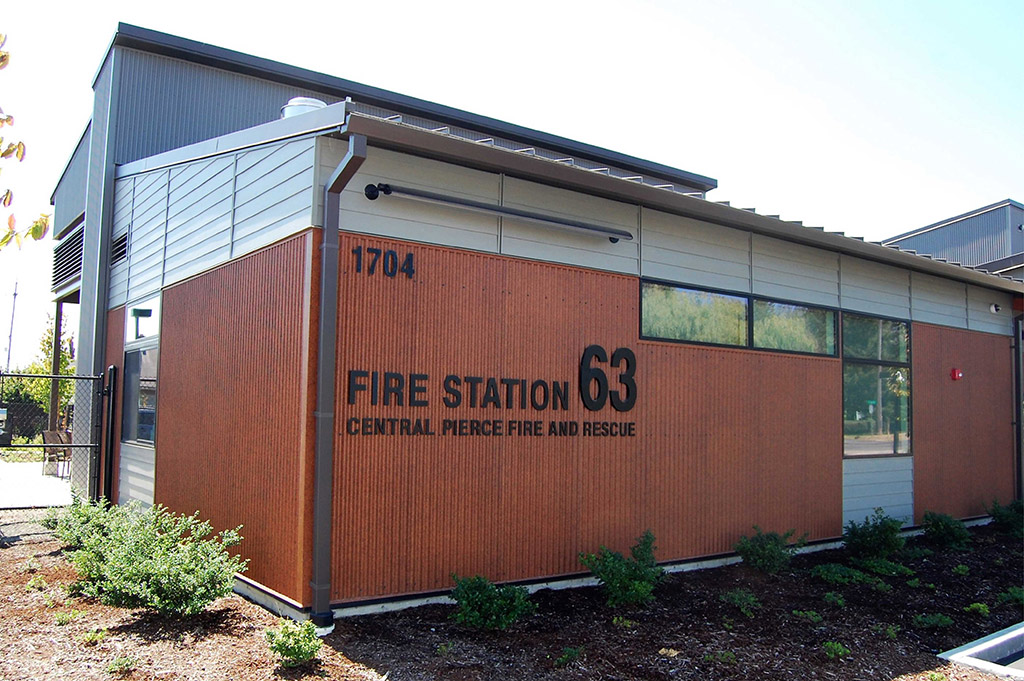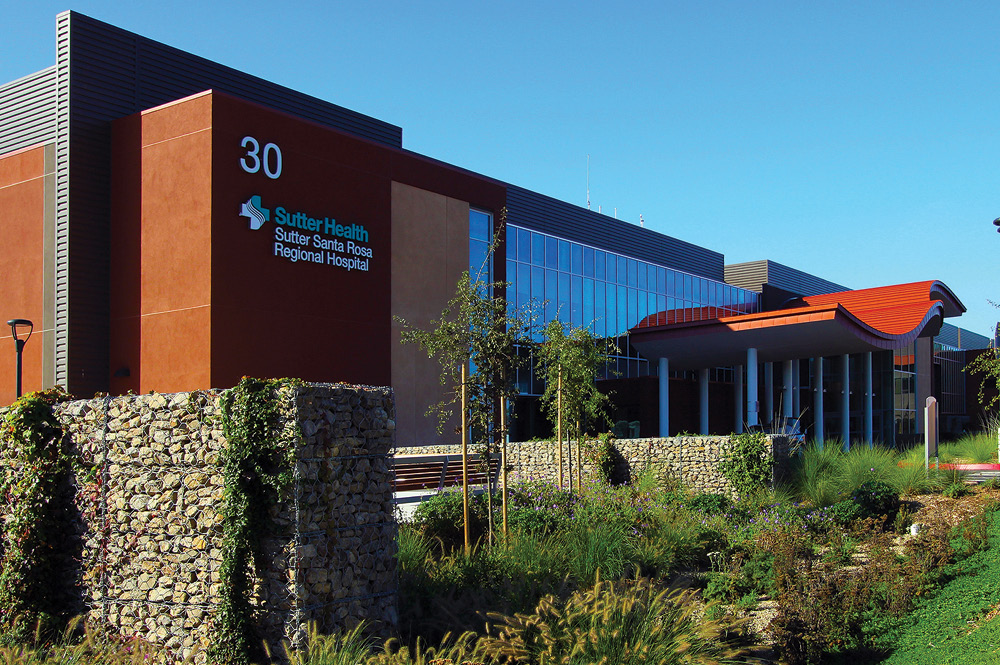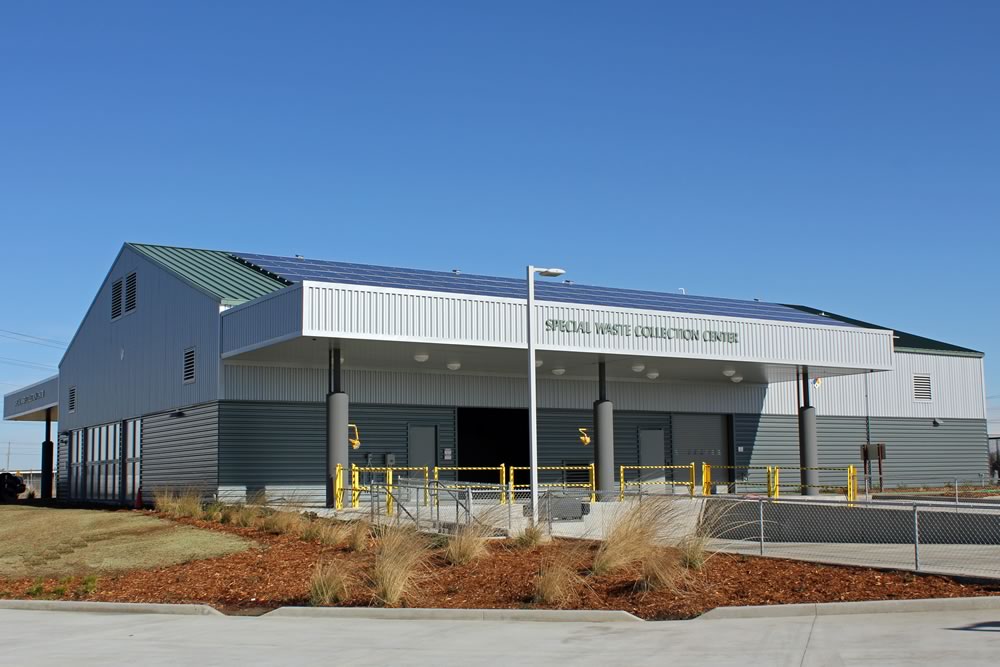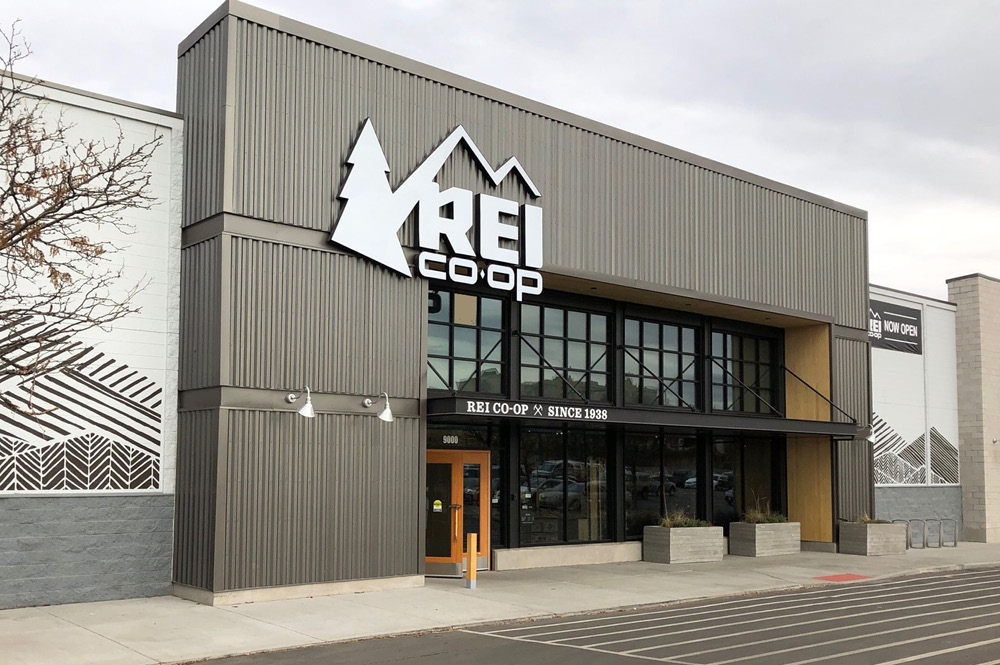Care Tips To Keep Your Siding Like New!
Our metal siding panels are designed to be installed for years of uncompromising value and ease of maintenance throughout the life of the wall system.
While your panels should be inspected annually to ensure flashings, wall panels and wall conditions are still in good working order, the following tips and maintenance instructions to help ensure that your chosen wall system performs optimally for years to come!
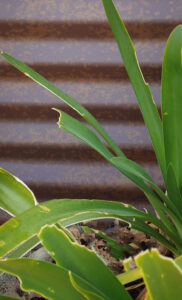
Clear plants and debris from all siding.
CLEAR WALL PANELS FROM DEBRIS ACCUMULATION
Keep dirt, irrigation, drainage, vegetation and weed whips away from all wall panels. Be sure to trim plants and shrubs back, remove outdoor items or furniture that may be rubbing on the siding. Do not allow direct contact. Failure to do so can lead to early deterioration.
Just a quick perimeter check with some trimmers and gloves may be all you need to keep it clear.

Check condition of fasteners to ensure the self-sealing gaskets are in good working order.
CHECK EXPOSED FASTENERS (if applicable)
ASC Building Products manufactures wall panels with both concealed and exposed attachment. Select panels, flashing and wall penetration conditions may utilize exposed fasteners. Those fasteners include self-sealing gasket head fasteners and pop rivets. Check the condition of the fasteners to ensure the self-sealing gaskets are in good working order and have not been over driven or deteriorated. Rivets and fasteners should be secured tightly to the wall panels or flashing and should not be loose or backed out.
CHECK CONDITION OF EXPOSED SEALANTS (If applicable)
Our wall systems are design to be used with minimal exposed sealant. Exposed sealant may have been used to seal wall penetrations, windows, doors and select flashing conditions. If there is any exposed sealants on your wall system, check that the sealant is in good working order. Deterioration, cracks or pinholes in the sealant are a red flag that the sealant may have reached the end of its lifecycle and should be replaced.
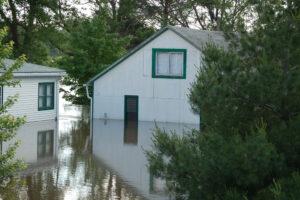
Moisture and standing water is very destructive to your home and siding panels.
CHECK FOR STANDING OR PONDING WATER ALONG THE BASE OF A WALL CONDITION
Standing or ponding water can be detrimental to the coating of the wall system if left for an extended period of time. While the image here is an extreme circumstance, letting your valuables sit in water or moisture will be destructive.
MINIMIZE EXPOSURE
Prolonged contact with vegetation, dirt or gravel, sustained exposure to animals or animal waste, or where the product is in contact with, or subject to runoff from lead, copper, CCA, ACQ, CA, pressure treated, green or wet lumber, or wet insulation or other treated lumber (outdoor wood) or fire retardant impregnated or treated wood shakes can all be detrimental to the steel and factory coating.
The factory-applied finish used on pre-painted steel is extremely durable and will last many years longer than ordinary conventional field applied paint. However, it may be desirable for cosmetic purposes to clean the finish occasionally to ensure the longevity of the paint and wall system.
Dirt pickup may cause discoloration on the finish when it has been exposed in dirt-laden atmospheres for long periods of time. Additionally, slight chalking will ultimately cause some change in appearance in areas exposed to sunlight. A thorough cleaning will often restore the appearance of the panels and render repainting unnecessary. An occasional subsequent light cleaning will help maintain good appearance.
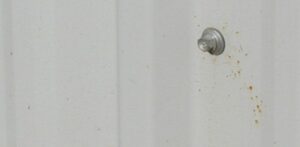
Rust formed from tiny bits of metal left behind.
RUST SPOTTING (Steel)
During installation, improper techniques in cutting and drilling of pre-painted steel can cause rust spotting. Hot chips from drilling or self-tapping screws, or chips from metal saws or cutting discs may embed themselves in the paint finish. These chips can then rust and form unsightly red spots in the coating, giving the visual impression that the substrate may be rusting. It is imperative to brush off any chips which are stuck to the painted surface. A stiff bristle nylon brush is recommended.
CLEANING
In some cases, simply washing with plain water, using hoses or pressure sprays, will be adequate. For areas where dirt collection is heavier or more persistent, a solution of water and a detergent (1/3 cups of Tide per gallon of water, for example) may be used. A clear water rinse should follow immediately. If Product is installed in a mild marine environment, less than 1 mile and greater than 1000 feet from breaking surf, Product should be washed two times per year. Mildew may occur in areas subject to high humidity, and mildew spores can grow in dirt deposits, even on factory baked finishes.
To remove mildew along with the dirt, the following solution is recommended:
- 1/3 cup detergent (Tide® for example)
- 2/3 cup Sodium Phosphate (Soilex for example)
- 1 quart 5% Sodium Hypochlorite solution (Clorox for example)
- 3 quarts of water
Strong solvent, abrasive type cleaners and pressure washers should be avoided, as they may damage the finish. Caulking compounds, oil, grease, tars, etc., can be removed by mineral spirits applied only to those areas which are contaminated. Always follow the use of the mineral spirits with detergent cleaning and clear rinsing.
Click HERE to download the PDF for this Technical Bulletin!
Did you find this article helpful?



